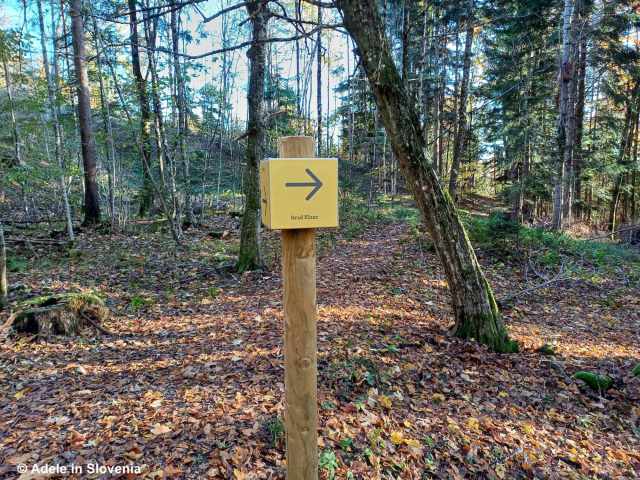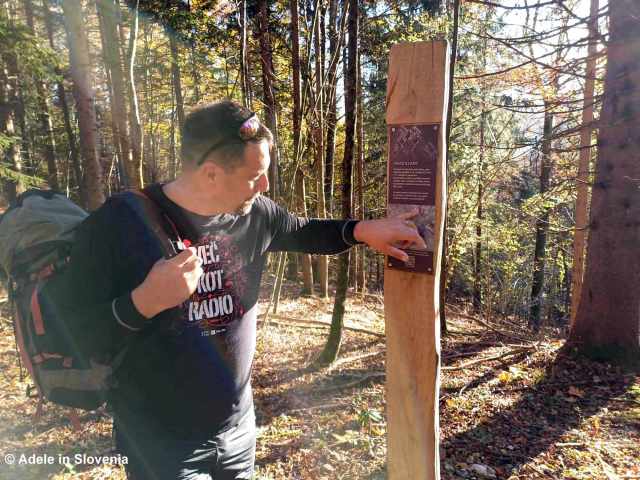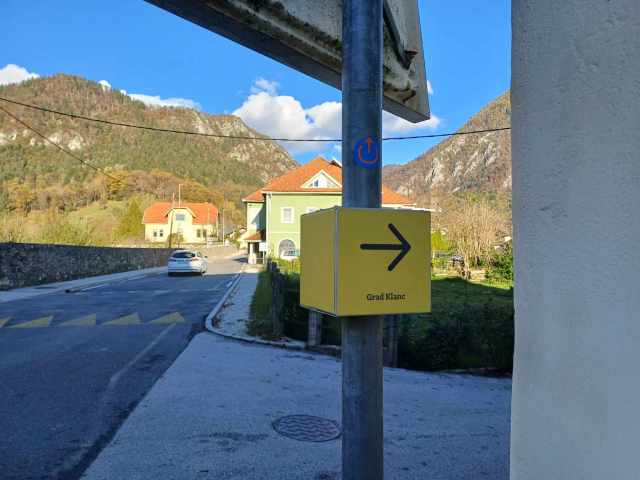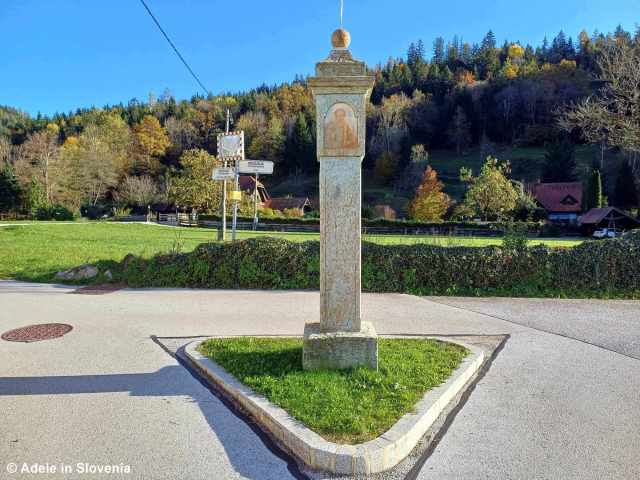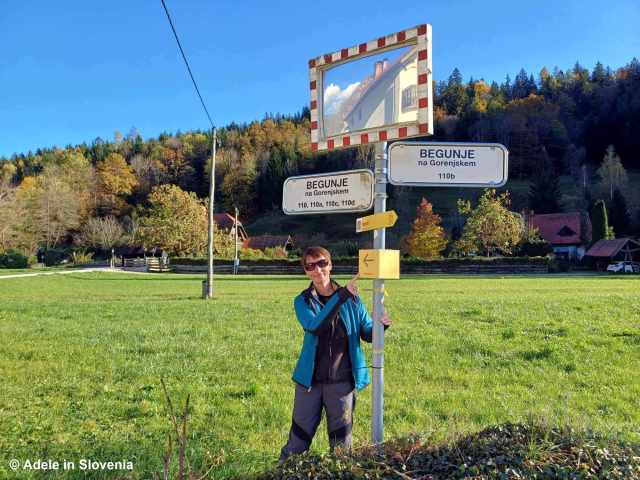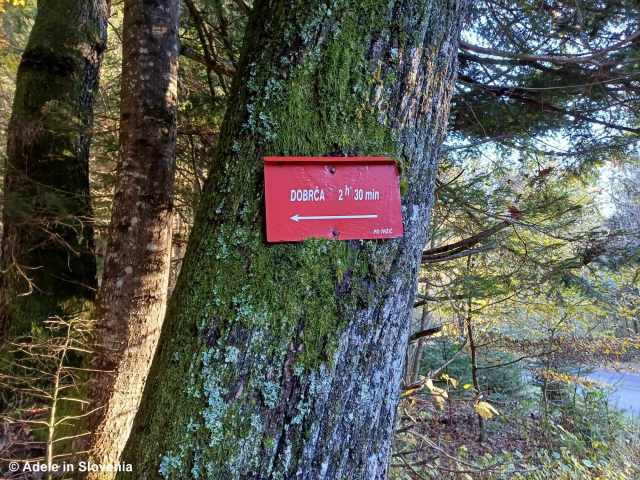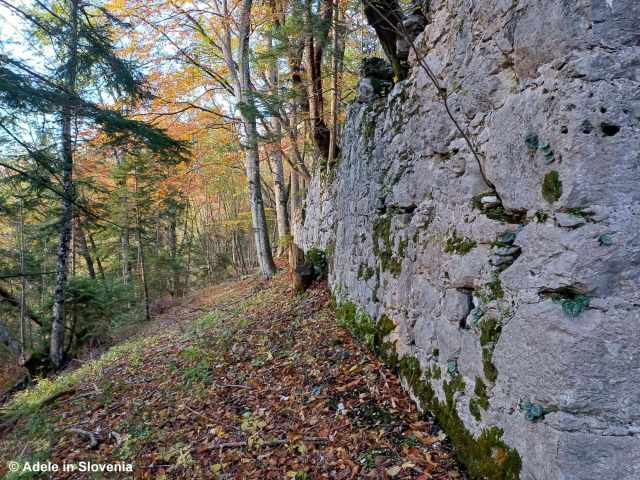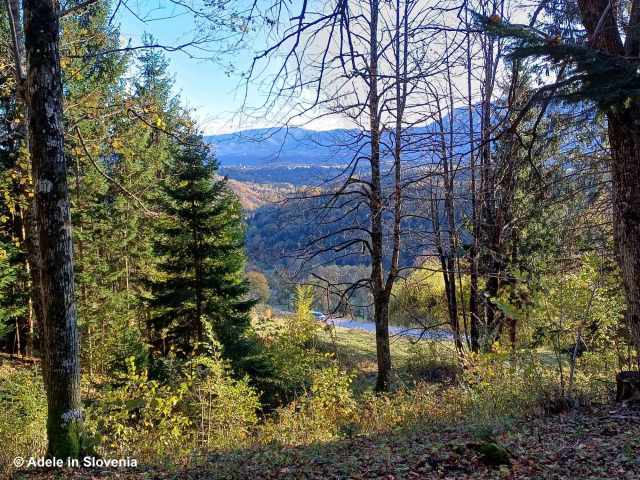“Klanc Castle? What? Where? Never heard of it!”
That’s pretty much the response you will get from most Slovenes if you say you are going to visit Klanc Castle, which is also known as Glanz Castle and Novi Gutenberg. In fact, I’d put money on it that the majority, if not all, of those reading this blog – whether in Slovenia or elsewhere – won’t have heard of it.
So, let me enlighten you! Actually, it’s pretty much down to one man that I came to hear of it, and it’s thanks to him that the ruins of this hidden castle have been (re)discovered.
For the past few years, the Municipality of Radovljica has offered local inhabitants an opportunity to put forward suggestions for new projects, the so-called ‘Participative Budget’. Inhabitants can then vote for the project they would like to see become a reality, and the projects that get the most votes in each area of the municipality then receive funding so they can go ahead, albeit these things don’t happen overnight.
One such suggestion came from Sašo Gasperin, formerly director of the Šobec Camp, who now works at the Radovljica Tourist Board. In addition, he is a member of the local tourist association in Begunje na Gorenjskem and a tourist guide, who is fluent in both English and German. Thanks to his excellent knowledge of the Begunje area, Sašo’s suggestion was that the area containing the ruins of Klanc Castle is made accessible and equipped with information boards, so visitors can find out about the history of this hidden castle. Fortunately, his suggestion was adopted and the municipality subsequently bought the land on which the castle ruins are situated. The project was taken on by the architect Maj Juvanec, and Sašo helped helped with sources/resources, advice and, believe it or not, a chain saw!
So, who better than to guide us on a walk to see the castle ruins than the man himself – thanks Sašo!
The best place to start the walk is at the Begunje Tourist Information Centre in the centre of the village, which is where you will find the first yellow sign showing the way to the castle (grad Klanec).
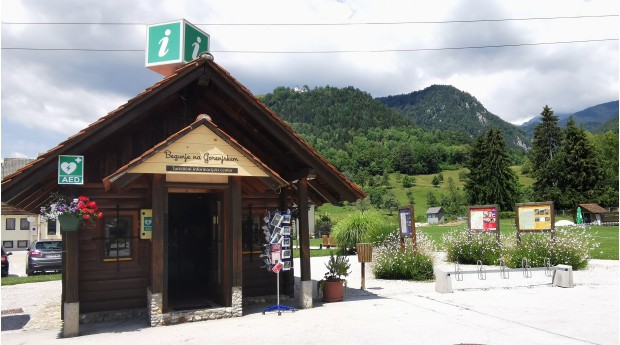
From here continue on the pavement and past the church, where you turn right, then head in a diagonal direction towards Mt. Dobrča. You reach the village shrine, dedicated to four patrons to mark the four parish churches.
Continue in the direction of the foothills of Mt. Dobrća, with magnificent views towards the Draga valley, until you reach the road that runs from Begunje na Gorenjskem towards Tržič. Cross the road then take the marked path, as shown below.
I’ve taken this path many, many times, hence I was astonished to discover that the caste ruins are just metres away and I never even knew! People certainly knew how to strategically place castles, fortresses, etc. in bygone days.
It really is best to arrange a guided tour by contacting the Radovljica Tourist Information Centre, as you, like me, might find the ruins hard to spot, and also because that way you will certainly get the most out of the visit. However, there are now signs, so if you are up for the challenge and keep your eyes peeled, you might just find them!
The castle dates from the 14th century and was abandoned in the 17th century. The name Gutenberg comes from the German name for Mt. Dobrča (good mountain) – German: guten berg, Slovenian: dobra gora.
The castle complex originally consisted of a rectangular, unfortified tower court with a few farm buildings. After two major construction phases, it expanded into a complex, the ruins of which have been partially preserved to this day.
It also makes a lovely place to sit and contemplate the world, and, on a fine day, enjoy the view(s)!
I won’t reveal everything, since you can discover it for yourself, hence above there is just enough to whet your appetite! For more information about Klanc Castle, nearby Kamen Castle and all the other sights and attractions in the area, visit https://www.radolca.si/en.
© Adele in Slovenia

